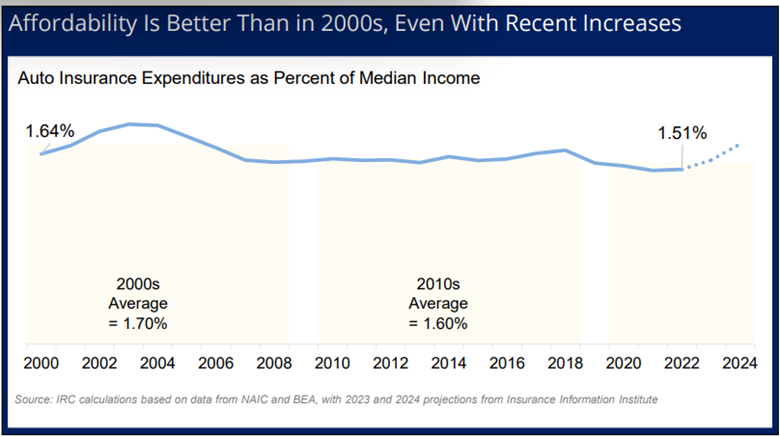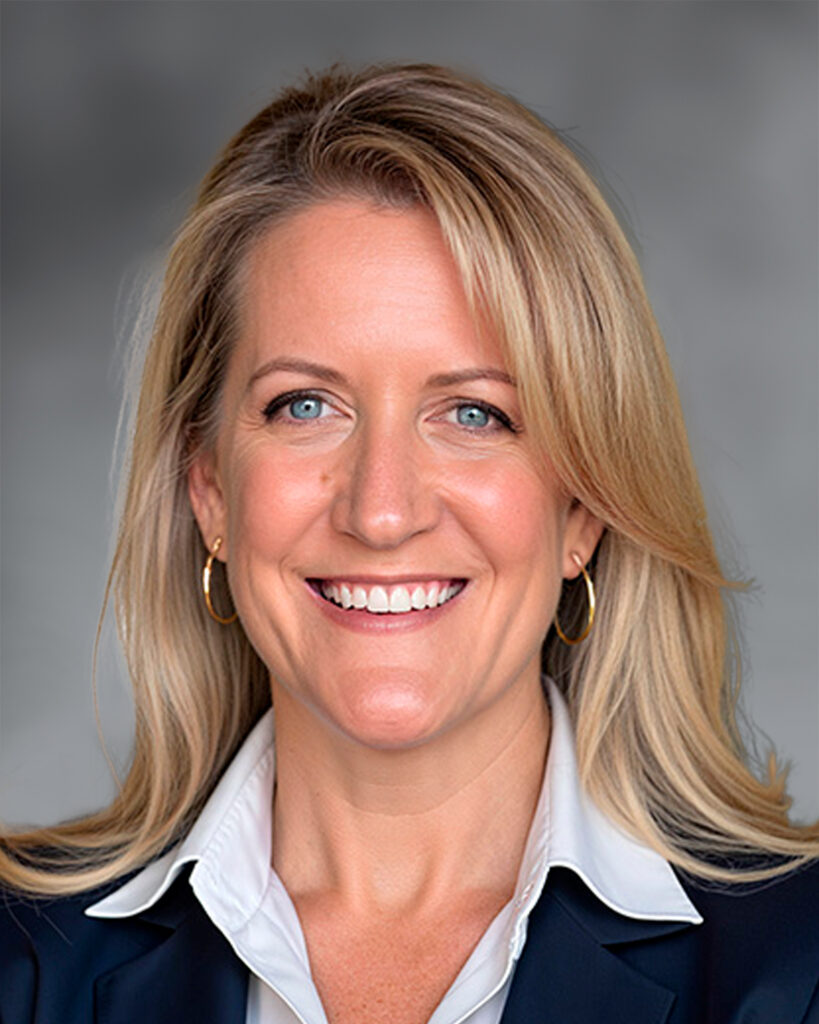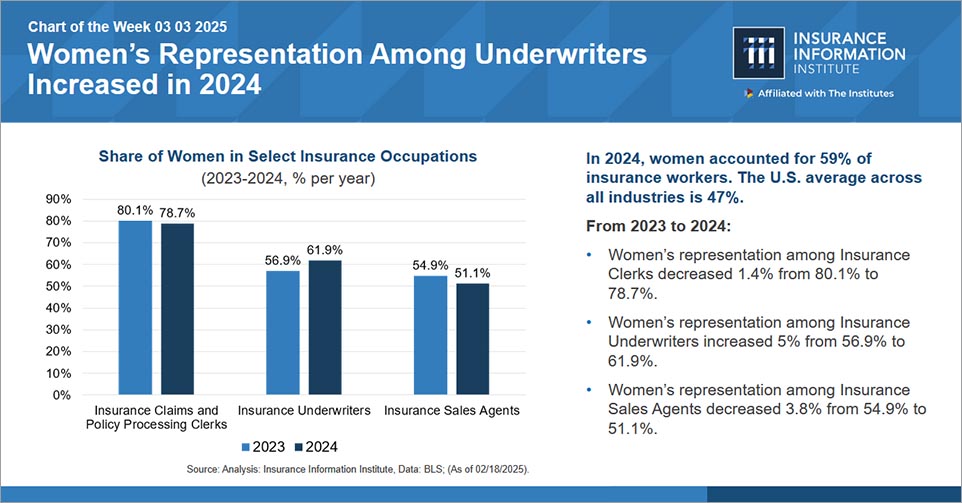
Half of independent insurance agency employees report feeling burned out, with 87% experiencing increased workloads over the past year, according to new research from Liberty Mutual and Safeco’s 2025 Independent Agents at Work Study.
Along with an increased workload, more than half (51%) of agents report feeling overwhelmed by these demands. Perhaps more alarming is that half of all agency employees now report experiencing burnout, the survey found.
The frontline staff appears to be bearing the brunt of this pressure. Nearly two-thirds (65%) of customer-facing employees say they often feel stressed at work, while 57% report being both mentally and physically exhausted.
“After years of uncertainty in work and life, many agency employees are feeling stressed and burned out,” said Crista Walker, vice president of Agent Engagement and Programs at Liberty Mutual. “Agencies need to explore new, creative approaches to caring for employees and fostering well-being.”
Employee Well-Being Affects Bottom Line
The business implications of burnout are significant. The study found burned-out employees are twice as likely to seek new employment, with 39% of frontline staff having considered leaving their current position. Interestingly, most job hunters (63%) plan to remain in the insurance industry, suggesting the issue lies with specific workplace environments rather than the field itself, according to the report.
Job satisfaction has predictably declined among those experiencing burnout, with many respondents reporting less satisfaction compared to a year ago. This presents a paradox for agency leaders: despite implementing seemingly robust support systems, burnout continues to rise.
The research shows most agencies believe they’re doing the right things – supporting employee mental health (76%), providing flexibility (87%) and promoting work-life balance (85%). Furthermore, 85% of employees report finding purpose in their work, and 73% say they experience joy at work.
Yet burnout rates remain stubbornly high, indicating these traditional strategies alone are insufficient in today’s high-pressure environment.
Reimagining Employee Well-Being Strategies
The study points to technology as one promising avenue for relief. Agencies that invested in digital tools reported notably lower burnout rates among staff. In particular, technologies that streamline customer communication showed the strongest correlation with reduced burnout levels.
According to the report, the top five digital tools that are correlated with reduced levels of burnout in independent agencies were: real-time chat, real-time binding, recorded video proposals, marketing automation and agency self-services tools.
Research consistently shows that happier employees demonstrate higher productivity, increased creativity, and better collaboration – all critical factors for agencies looking to thrive in a competitive market, according to the report.
View the full survey report here.













